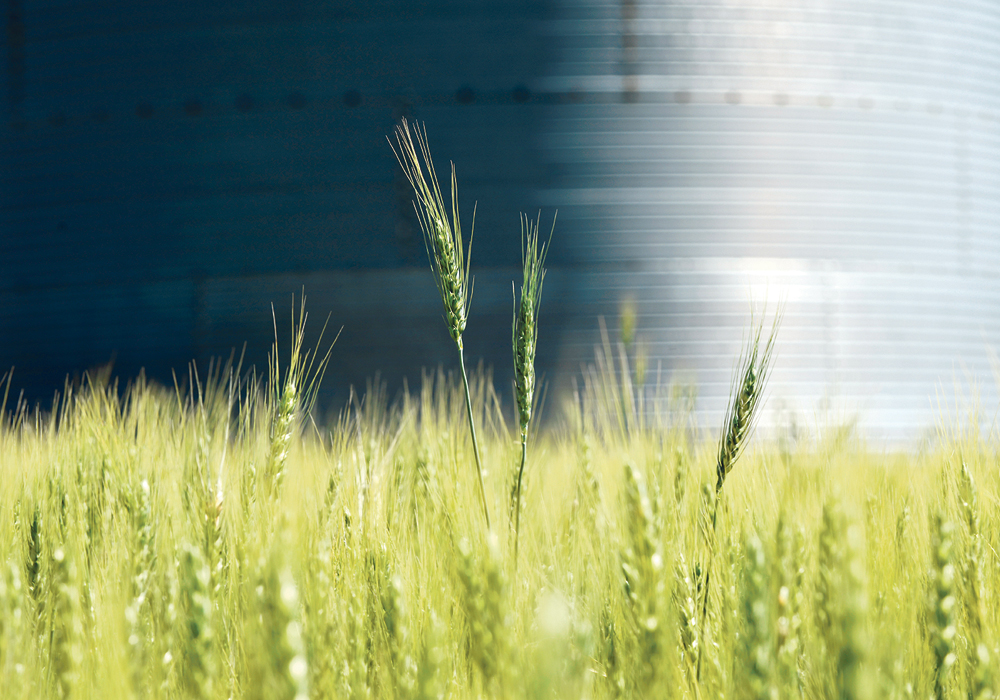The energy in the agricultural futures markets last week was in wheat and hogs.
Volatility was the name of the game in the Chicago hog market. It opened the week’s trade with a limit up move of three cents per pound, reacting optimistically to news on Oct. 11 that the United States and China had agreed on a first phase trade agreement focused largely on promises from China to buy more American agricultural products.
But for the rest of the week, prices bounced up and down as sentiments shifted over whether the tentative deal would be put into action.
Read Also

Russian wheat exports start to pick up the pace
Russia has had a slow start for its 2025-26 wheat export program, but the pace is starting to pick up and that is a bearish factor for prices.
It appeared that by the end of the week both the hog and soybean markets were taking a “show me the money” attitude, unwilling to rally further until solid sales to China were on the books.
Even the weekly U.S. export report showing a second record large weekly movement of pork to China was not enough to break through the cynicism.
For the calendar year, China has bought almost 400,000 tonnes of American pork, more than twice as much as in any other year. Sales for delivery in 2020 are also running way ahead of any other year but the totals are still less than what the trade expected.
The weekly sales to China will have to continue to exceed expectations, and the trade negotiators will need to get an agreement in writing and signed to shift the market fully to optimism.
Remember, American hog producers have been building hog supply to match the new larger slaughter capacity that came from the construction of new plants the last couple of years. An additional reason for increasing hog production was to meet the expected demand from China, where African swine fever has forced a dramatic reduction in domestic production.
The Sept. 1 U.S. hogs and pigs report showed the total number of market hogs at 77.7 million, up three percent from the previous year and exceeding analysts’ expectations.
Weekly slaughter is running ahead of last year and the increased amount of pork needs to find a home, otherwise prices will fall.
That is why strong exports to China are a necessity.
Pork processors are gearing up for increased shipments to China. Tyson Foods last week joined JBS in announcing that it will stop taking pigs fed the growth drug ractopamine. Smithfield has a supply stream of non-ractopamine hogs.
China will not import pork from pigs fed the drug.
Meanwhile, the wheat market is reacting to issues at home and abroad.
Bad harvest weather is limiting the amount of top quality Canadian and American spring wheat.
Dry weather in Australia and Argentina is pulling down production forecasts.
The latest forecast for Australia is even worse than it was just two weeks ago. National Australia Bank last week estimated the crop at only 15.5 million tonnes caused by severe drought, well below the U.S. Department of Agriculture’s Oct. 10 forecast of 18 million and last year’s 17.3 million. If the forecast proves true, it would be the smallest Australian crop since 2008.
Dry weather also hit Argentina in central and southern parts of the country. Private analysts now put the wheat crop at 18 to 19 million tonnes compared to the October USDA forecast of 20.5 million tonnes and last year’s 19.5 million.
Last month, I wrote that the seasonal low in the Minneapolis December spring wheat contract that was reached Sept. 4 was the lowest since the fall of 2009.
To Oct. 18, that contract had rallied about 10 percent to trade between US$5.40 and $5.50 per bushel.
In southwestern Saskatchewan the cash price rallied to about C$6.20 to $6.30 per bu., according the PDQinfo.com.
The problems in the southern hemisphere have helped fuel the usual fall rally, but prices are still about 60 cents a bu. lower than where they were at the same time last year.
There is potential for the rally to continue a little higher but the upside is limited. Even if this fall’s weather problems knock five or six million tonnes from world production, the global stocks-to-use ratio would remain fairly comfortable.















